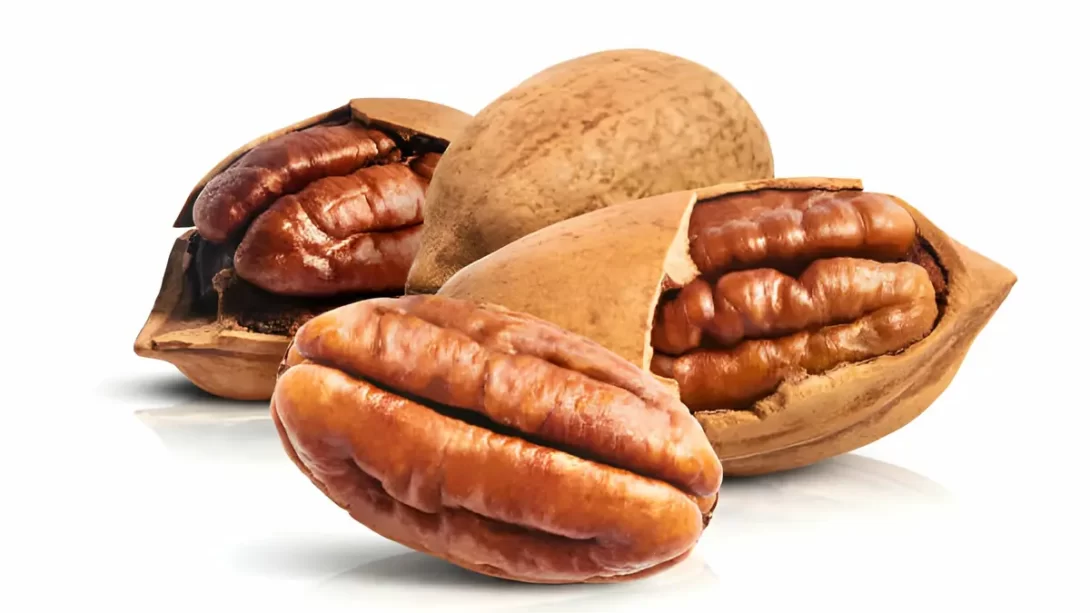Hickory nuts, the fruits of the hickory tree, are a hidden gem in the world of nuts. Belonging to the genus Carya, these nuts have been a part of human diets and cultures for centuries. Native to temperate regions, especially in North America and parts of Asia, hickory trees are known for their hard wood and flavorful nuts. This section will introduce you to the world of hickory nuts, providing a glimpse into their history and the diversity of hickory tree species.
Identifying Hickory Nuts: Key Characteristics
Identifying hickory nuts is an exciting part of foraging. Generally, these nuts are encased in a hard, woody shell. Their size can vary, but they typically range from the size of a marble to that of a golf ball. The shell’s texture is also a key identifier – it can be smooth or slightly ribbed, with colors ranging from light beige to dark brown. The shape of hickory nuts can vary significantly depending on the species, from almost spherical to elongated.
Inside the Shell: The Hickory Nut Kernel
Once you crack open a hickory nut, you’ll find the kernel, which is the edible part. The kernels of hickory nuts are usually cream-colored, with a rich, buttery texture. In terms of taste, they are often compared to pecans but with a more distinct, earthy flavor. Not only are they delicious, but hickory nuts are also packed with nutritional value, offering a good source of fats, protein, and vitamins, making them a healthy addition to any diet.
Hickory Trees and Their Leaves: A Botanical Perspective
Hickory trees are as fascinating as their nuts. These deciduous trees are known for their longevity and sturdy wood. They usually have a tall, straight trunk with a high canopy. Hickory leaves are compound, meaning they consist of several leaflets joined to a single central stem. These leaflets are often lance-shaped, with serrated edges, and turn a beautiful golden color in the fall. The close relationship between the tree and its nut is evident in the nut’s development, which occurs in a husk that splits open as the nut matures.
Varieties of Hickory Nuts
There are several varieties of hickory nuts, each with its unique characteristics. The most well-known types include the Shagbark Hickory (Carya ovata), characterized by its shaggy bark and large, sweet nuts; the Pecan (Carya illinoinensis), famous for its delicious nuts used in cooking and baking; and the Bitternut Hickory (Carya cordiformis), which, as the name suggests, has a more bitter taste. These varieties, among others, are spread across different geographic regions, adapting to various habitats and climatic conditions.
Harvesting and Using Hickory Nuts
Harvesting hickory nuts is a rewarding activity that peaks in the autumn. The best time to collect these nuts is after they’ve fallen to the ground, ensuring they are ripe. It’s important to choose nuts that are free from cracks and holes, which can indicate insect damage. Once collected, hickory nuts require proper drying and storage to maintain their quality. Cracking hickory nuts can be a challenge due to their hard shell, but using a nutcracker or a hammer can do the job. The kernels can be eaten raw, roasted, or used in various recipes, adding a unique flavor to baked goods, salads, and other dishes.
Conservation and Ecological Importance of Hickory Trees
Hickory trees play a vital role in their ecosystems. They provide habitat and food for a wide range of wildlife, including birds, squirrels, and deer. The trees also contribute significantly to the forest ecosystem through their leaf litter, enriching the soil with nutrients. However, these important trees face threats from habitat loss, diseases, and climate change. Conservation efforts are crucial to protect hickory trees, ensuring their survival and the continuation of their ecological benefits.
Conclusion
Hickory nuts, with their rich flavor and nutritional benefits, are more than just a tasty snack. They are a window into the diverse and fascinating world of hickory trees. From the unique characteristics of different varieties to their ecological importance, hickory nuts offer a lot to explore and appreciate. Whether you’re a seasoned forager, a culinary enthusiast, or simply curious about nature, the world of hickory nuts is full of discoveries waiting to be made. Embrace the opportunity to experience these delightful nuts and the trees that bear them, and you might just find a new appreciation for the natural world around you.



